
Yemen
Fighting Conflict & Famine
Yemen is one of the world’s worst humanitarian crises, suffering from both climate extremes and conflict.
Looming Starvation
Nearly 18 million Yemenis – over half the population – don’t know if or when they’ll eat another meal. With multiple threats closing in from all sides, untold numbers of innocent people could starve. We’re fighting hard to feed the most vulnerable people, but we desperately need more funds to do so.
people are internally displaced
people in need of humanitarian assistance
people are extremely hungry
Yemen Facts
Population: 34.4 million people.
Background: North Yemen gained independence in 1918. By 1967, the People’s Republic of Yemen is created in the south. The two countries merged into one in 1990.
Geography & Climate: Yemen is located on the southwestern corner of the Arabian Peninsula in the Middle East. It is bordered by Saudi Arabia to the north, Oman to the east, the Gulf of Aden to the south and the Red Sea to the west. The region is mostly a dry and hot desert landscape with mountains in the west.
Economy: Yemen is one of the poorest countries in the Middle East and North Africa (MENA) region. The country’s economy has been severely weakened by years of civil war. Its main industries include oil, gas, agriculture and fishing.

What’s Causing Hunger in Yemen?

Civil War
Decades of civil war in Yemen have displaced 4.5 million people displaced from their homes and and pushed over 17 million people into acute hunger. Conflict destroys lives, uproots communities and wrecks food systems, making it the primary cause of hunger.
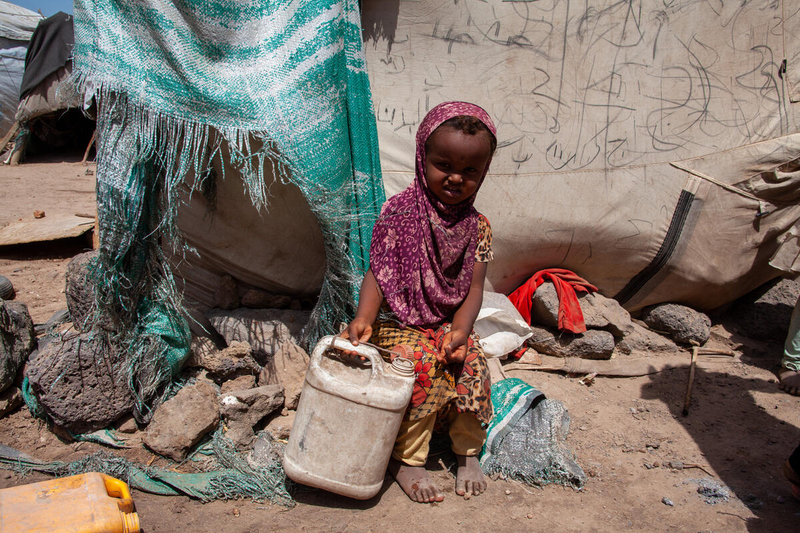
Weakened Economy
Yemen is one of the poorest countries in the MENA region. On the Human Development Index, it ranks 168th out of 177 countries. An estimated 80% of the population lives below the poverty line. Ongoing conflict has damaged the economy and made the situation even worse. With a devalued currency and high cost of goods, millions are pushed into hunger.
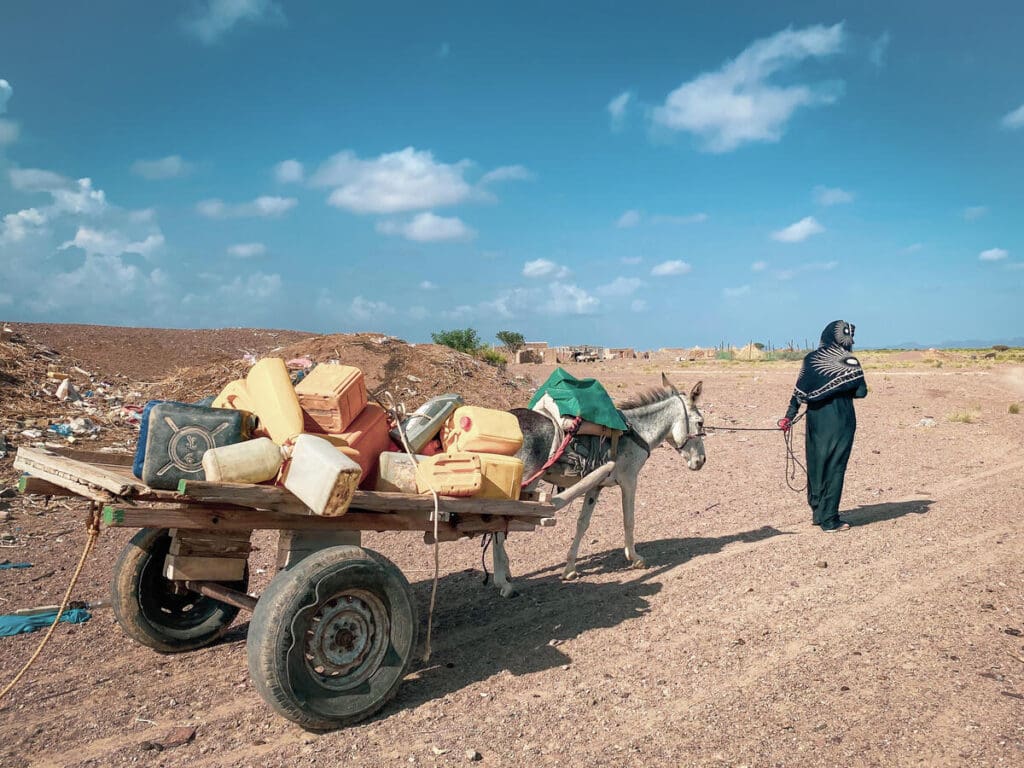
Intense Drought
Yemen’s severe water scarcity and land degradation already make it difficult to grow food, but climate change is making conditions worse. Heavy storms cause flash floods that erode the soil and uproots vegetation. Intense droughts cause desertification. These two climate extremes destroy crops and make it difficult to sustain agriculture. Being on the coast, rising sea levels also causes saltwater intrusion which contaminates clean water and hurts agriculture.
SEE HOW WFP IS HELPING THE PEOPLE OF YEMEN
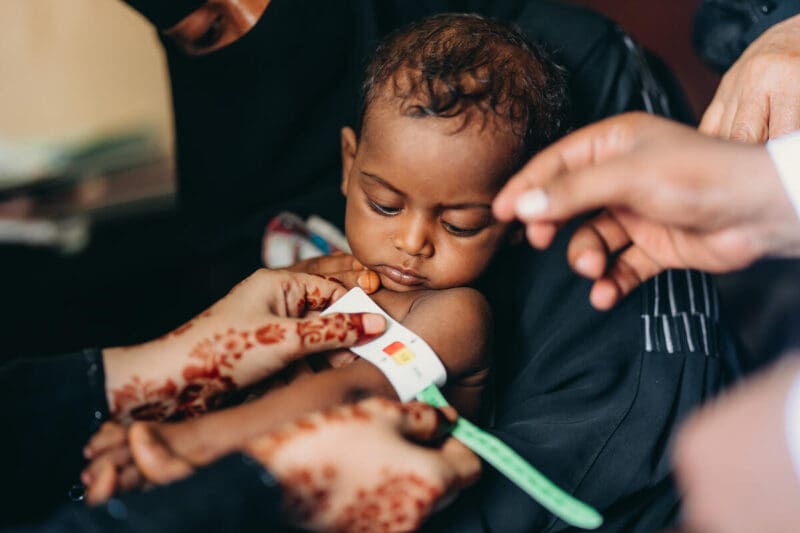
Nutrition Support
In Yemen, WFP provides both malnutrition prevention and treatment services for children under 5 and pregnant and breastfeeding mothers. In addition to specialized nutritious food, we provide cash-based assistance and nutrition awareness sessions.
Photo: WFP/Mehedi Rahman/2023
School Meals
In 2023, WFP reached an estimated 1.8 million children with school meals and snacks – including fortified date bars and high-energy biscuits.
Since 2020, WFP has run a Healthy Kitchens project which provides locally sourced and freshly prepared meals to students. The integrated project provides a market for small-scale farmers to sell their crops, jobs for low-income households and nutritious meals for children to eat.

Resilience Programs
WFP works with communities in Yemen to rebuild assets like roads, agricultural land, irrigation systems, schools and health facilities. These projects contribute to people’s long-term food security by bolstering community assets, supporting small-scale agriculture and equipping participants with essential skills. Project participants also receive cash assistance.



THIS IS HOW WFP DELIVERS FOOD in Yemen
The U.N. World Food Programme has been working in Yemen since 1967. Through all the ongoing conflict and natural disasters, WFP is determined to bring food to vulnerable families. Today, it uses smart, innovative solutions including ships, mobile cranes, e-cards and mVAM.
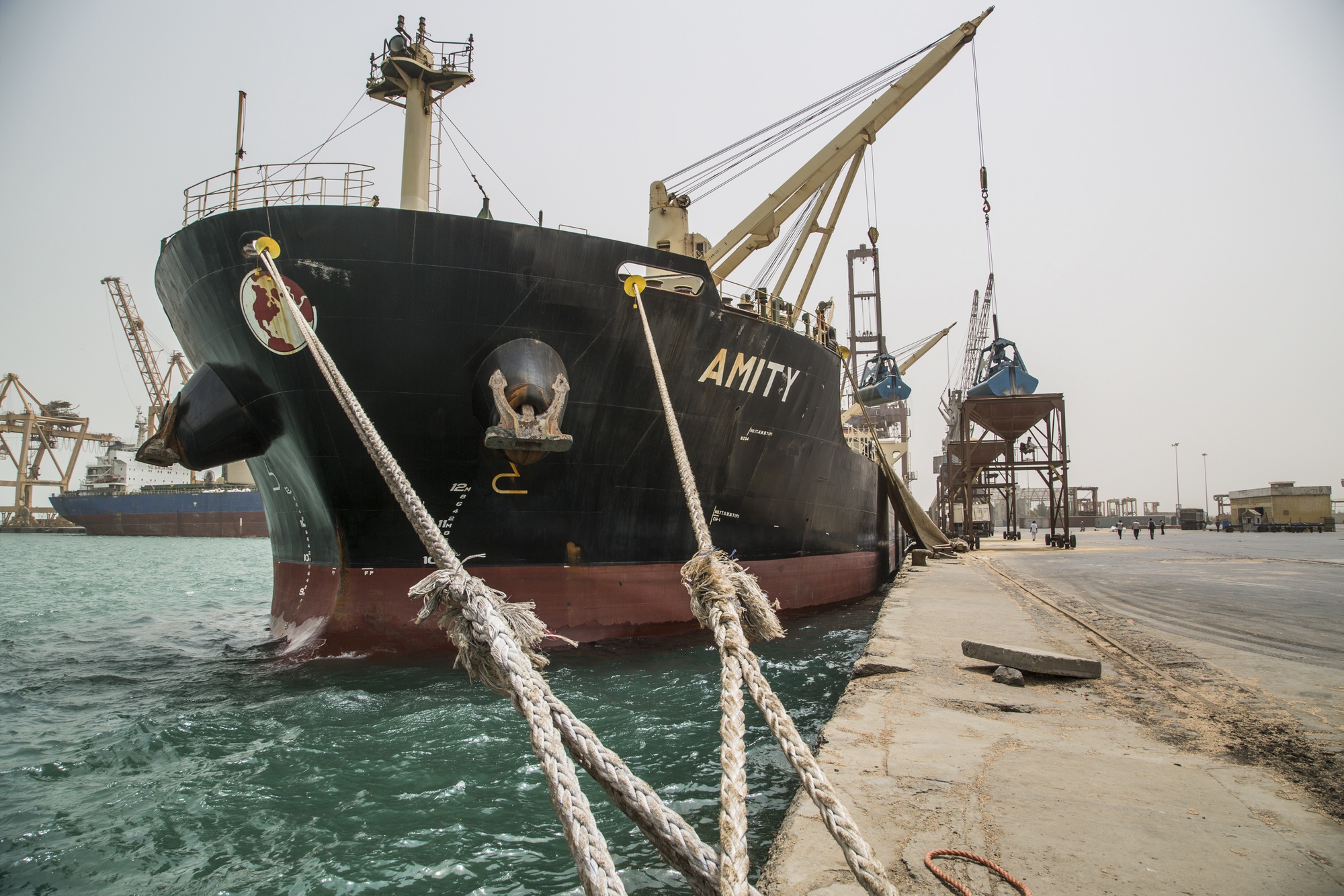
WFP is the only U.N. agency with its own shipping unit, delivering food assistance through the Red Sea and into strategic Yemeni ports. Dedicated staff negotiate shipping lines and navigate tricky routes to keep cargo safe. A single ship can carry 25,000 tons of wheat, enough to feed 2 million people for a month.


Mobile cranes boost the capacity of the Yemeni port of Hodeidah, which handles 70 percent of the country’s imports. This lifeline for families includes critically-needed food and humanitarian supplies. The cranes significantly increase the speed of unloading humanitarian cargo and other relief items.

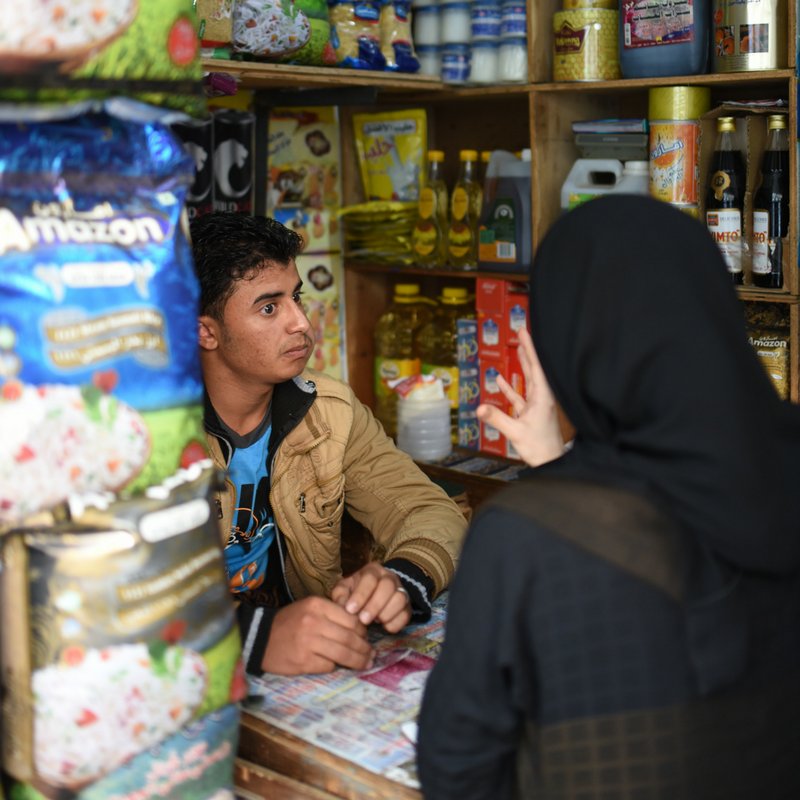
When local markets are functioning and food is available, but unaffordable, food vouchers give Yemenis the power to purchase food on their own terms. They can be used at WFP food shops to buy fresh produce, fish and meat. E-cards work like debit cards, helping to stimulate the local economy and support local producers.

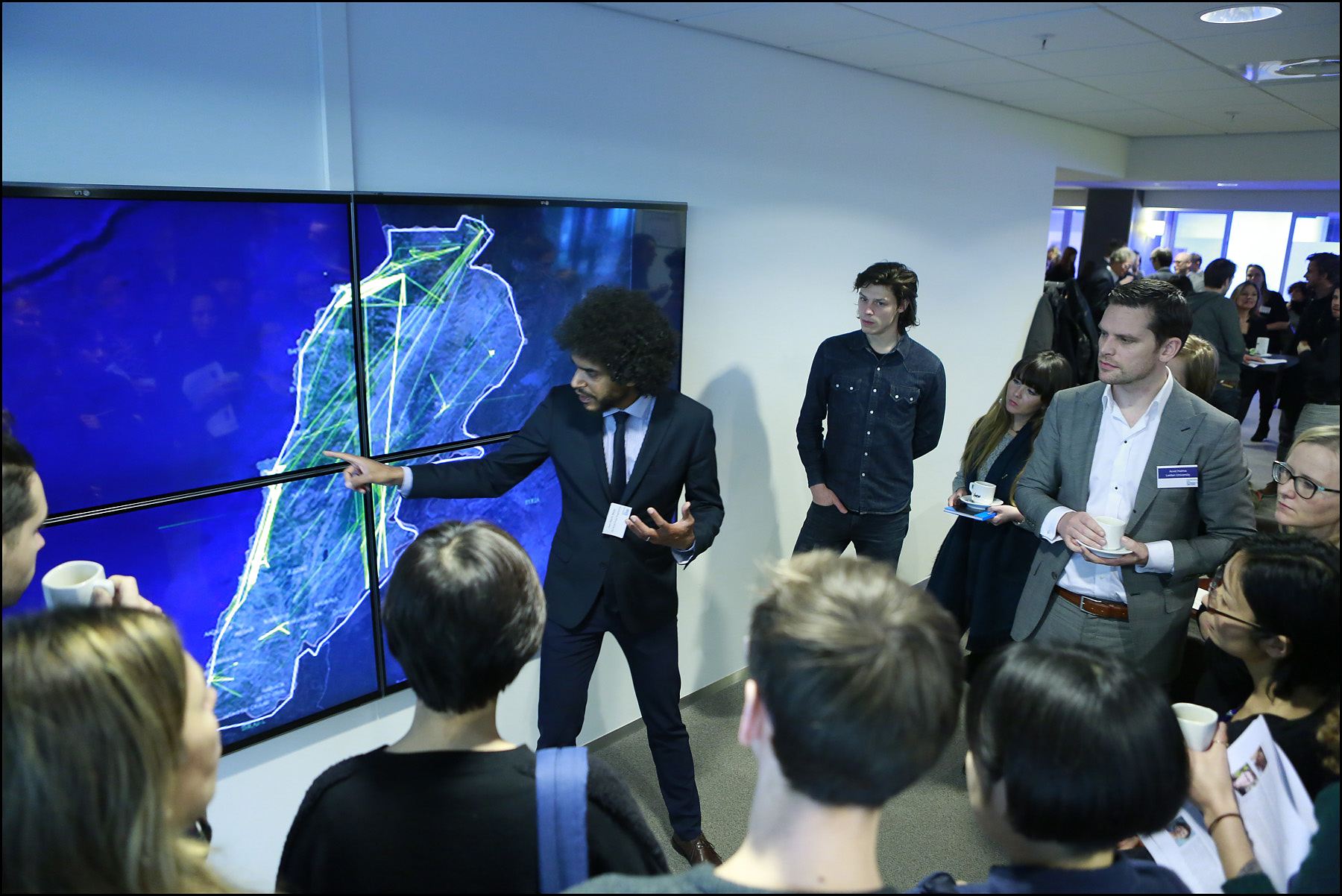
In countries around the world and in Yemen, the mobile Vulnerability Analysis and Mapping (mVAM) unit equips families with mobile phones so they can share information with WFP about their needs. Families call a hotline and WFP uses the information it collects to better plan assistance and track changes in food prices.

Help us realize a future beyond emergency assistance where our help is no longer needed.
Help us build people’s knowledge, skills and resilience. Help us create economic opportunities for Yemeni families so they can get the food they need to reach their full potential.
Stories from Yemen
The U.N. World Food Programme is a lifeline for people like Domoaa, Amani and Maika.
Help Save Lives
Despite our efforts, a child in Yemen dies every 10 minutes from preventable causes, including severe hunger. People in Yemen are suffering from years of civil war. You can help save lives by donating to send food to countries like Yemen experiencing conflict.
What’s Happening in Yemen?
Read the latest stories and updates from Yemen:








